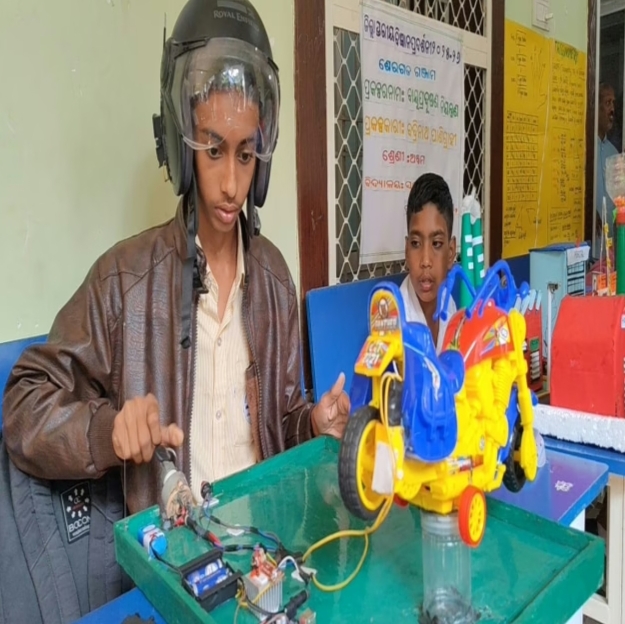Here’s a more detailed explanation:
Automation
Modern aircraft generally don’t have flight engineers due to advancements in automation and technology. Computers and electronic systems now handle many of the tasks previously performed by flight engineers, such as monitoring and controlling aircraft systems. This has reduced the need for a dedicated flight engineer on the flight deck.
Here’s a more detailed explanation:
Automation:
Flight deck computers and integrated systems now monitor and manage many aircraft systems, including engines, fuel, hydraulics, and electrical power. These systems alert the pilots to any issues and can even make adjustments automatically.
Consolidated Instrumentation:
Modern aircraft have centralized instrument panels and displays that consolidate information from various systems, eliminating the need for separate gauges and controls that a flight engineer would manage.
Reduced Redundancy:
With more reliable systems and automation, the need for a dedicated flight engineer to monitor and manage systems has decreased, leading to a more streamlined two-person flight crew.
Cost Reduction:
Eliminating the flight engineer position also reduces crew costs, as it eliminates the need for an additional salary and training expenses.
Historical Role:
Flight engineers were crucial in older aircraft, particularly those with four engines or complex systems, but their role has largely been made obsolete by technological advancements.”What is the current status of ‘flight engineers’ or ‘second pilots’ in the airline industry? When and why were these positions phased out? Are there any advantages to having them on board for long haul flights?
Years ago, it took four-engine planes, two pilots, a navigator, a flight engineer and a radio operator to conduct long haul flights.
Gradually, with advancements in technology, navigation and reliability of components, every position except the pilots were phased out. Extra weight, redundancy and cost of operation (salaries) played a part in this process.
Today, long haul flights are conducted minimally with two pilots and only two engines. This is done more reliably than the crew in my first paragraph. Often, there is a third pilot if the flight is really long.
The technology is now in place to remove both pilots from the flight deck but it will take a lot of time to achieve acceptance. Certainly, we may soon see moves to eradicate the First Officer and there will just be a guy in seat 32 A who will take over if something untoward happens. Even removal of the flight deck window and streamlining the fuselage has been considered, using TV cameras for visual aid. This would be a cost reduction innovation, something always in play.












Leave a Reply